-
 Bitcoin
Bitcoin $117500
2.15% -
 Ethereum
Ethereum $3911
6.19% -
 XRP
XRP $3.316
10.79% -
 Tether USDt
Tether USDt $1.000
0.01% -
 BNB
BNB $787.2
2.24% -
 Solana
Solana $175.2
4.15% -
 USDC
USDC $0.9999
0.00% -
 Dogecoin
Dogecoin $0.2225
8.40% -
 TRON
TRON $0.3383
0.28% -
 Cardano
Cardano $0.7868
6.02% -
 Stellar
Stellar $0.4382
9.34% -
 Hyperliquid
Hyperliquid $40.92
7.56% -
 Sui
Sui $3.764
7.63% -
 Chainlink
Chainlink $18.48
10.66% -
 Bitcoin Cash
Bitcoin Cash $582.1
1.88% -
 Hedera
Hedera $0.2601
6.30% -
 Avalanche
Avalanche $23.33
4.94% -
 Ethena USDe
Ethena USDe $1.001
0.02% -
 Litecoin
Litecoin $122.3
2.04% -
 UNUS SED LEO
UNUS SED LEO $8.969
-0.27% -
 Toncoin
Toncoin $3.339
0.86% -
 Shiba Inu
Shiba Inu $0.00001287
4.30% -
 Uniswap
Uniswap $10.43
7.38% -
 Polkadot
Polkadot $3.861
5.08% -
 Dai
Dai $1.000
0.02% -
 Bitget Token
Bitget Token $4.513
3.41% -
 Monero
Monero $267.7
-6.18% -
 Cronos
Cronos $0.1499
4.14% -
 Pepe
Pepe $0.00001110
5.15% -
 Aave
Aave $284.9
8.28%
What is the block reward of Litecoin?
Litecoin's block reward, an incentive for miners, has undergone halvings to slow down inflation and maintain scarcity, currently standing at 12.5 LTC.
Feb 18, 2025 at 07:30 am
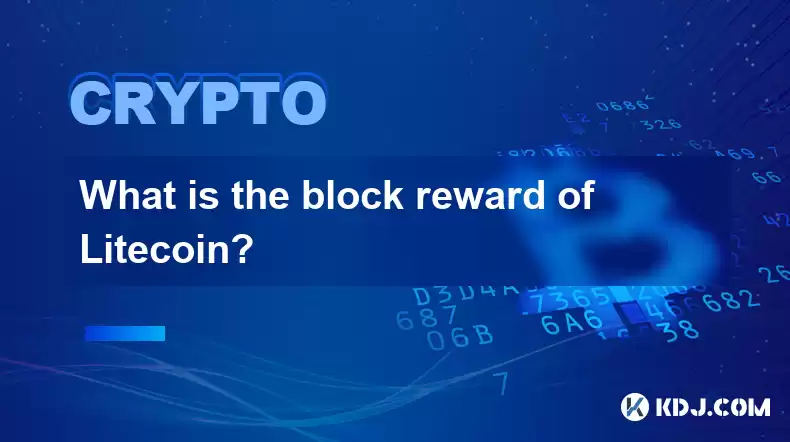
Block Reward of Litecoin: A Comprehensive Guide
Key Points:
- Litecoin's block reward is a fixed amount of LTC awarded to miners for successfully validating and adding new blocks to the blockchain.
- The block reward has undergone several halvings, reducing its value over time.
- The block reward is used to incentivize miners to maintain the Litecoin network and secure its transactions.
Understanding Block Reward
A block reward is an integral aspect of proof-of-work (PoW) cryptocurrencies like Litecoin. In PoW systems, miners compete to solve complex mathematical puzzles to validate and add new blocks of transactions to the blockchain. The first miner to solve the puzzle receives the block reward, which serves two primary purposes:
- Incentivizing Miners: The block reward encourages miners to participate in the network by providing a financial reward for their processing power and energy consumption.
- Securing the Network: The competition to solve the puzzles increases the network's security, as malicious actors would need to control more than 51% of the mining power to successfully attack the blockchain.
Litecoin Block Reward History
Litecoin's block reward has experienced halving events, similar to Bitcoin, to reduce the rate of new LTC creation and maintain its scarcity. Here's a detailed look at the history of Litecoin block rewards:
- Block 1 (2011): 50 LTC
- Block 840,000 (August 2019): Halving to 25 LTC
- Block 1,680,000 (August 2023): Halving to 12.5 LTC
- Block 2,520,000 (August 2027): Next scheduled halving to 6.25 LTC
Litecoin Halving Explained
Halving refers to the process of reducing the block reward by half at predetermined intervals. This mechanism limits the creation of new Litecoin and ensures the asset's long-term value proposition.
- Slows Down Inflation: Halvings decrease the rate at which new LTC enters circulation, reducing inflationary pressures.
- Predictable Supply: By halving every ~4 years, Litecoin establishes a predictable supply schedule, increasing its attractiveness as a store of value.
- Provides Price Stability: The scarcity of LTC brought about by halvings supports its price stability and potential appreciation over time.
Factors Affecting the Block Reward Value
Several factors can influence the value of Litecoin's block reward, including:
- Mining Difficulty: The complexity of the puzzle miners must solve directly impacts the block reward's value.
- LTC Exchange Rate: The value of LTC in relation to fiat currencies or other cryptocurrencies affects the perceived value of the block reward.
- Mining Hardware and Costs: The cost of mining equipment and electricity influences the profitability of mining and, thus, the value of the block reward.
Litecoin Mining and Block Reward Distribution
Mining Litecoin requires specialized hardware and substantial energy consumption. The reward for successfully mining a block is distributed among the following entities:
- Miner: The miner who solves the block puzzle receives a portion of the block reward.
- Mining Pool: If the miner is part of a mining pool, they share the block reward with other pool members based on the shares they contributed.
- Development Fund: A portion of the block reward goes to the Litecoin Foundation, which funds development and marketing initiatives for the Litecoin ecosystem.
FAQs
Q: What is the current block reward for Litecoin?
A: The current block reward for Litecoin is 12.5 LTC, following the August 2023 halving.
Q: When is the next Litecoin halving scheduled?
A: The next Litecoin halving is scheduled for August 2027, reducing the block reward to 6.25 LTC.
Q: Why does Litecoin have halvings?
A: Litecoin halvings are designed to slow down the rate of inflation, maintain the asset's scarcity, and enhance its long-term value proposition.
Q: How does the block reward value get determined?
A: The block reward value is influenced by factors such as mining difficulty, LTC exchange rate, and the cost of mining equipment and electricity.
Q: How often are Litecoin blocks mined?
A: Litecoin blocks are mined on average every 2.5 minutes, with the exact time varying based on mining difficulty and network conditions.
Disclaimer:info@kdj.com
The information provided is not trading advice. kdj.com does not assume any responsibility for any investments made based on the information provided in this article. Cryptocurrencies are highly volatile and it is highly recommended that you invest with caution after thorough research!
If you believe that the content used on this website infringes your copyright, please contact us immediately (info@kdj.com) and we will delete it promptly.
- SNEK, Cardano, and the Contributor's Conundrum: A Meme Coin's Fight for Recognition
- 2025-08-08 16:30:12
- Toshi Crypto's Wild Ride: Rally, Demand Slump, and What's Next
- 2025-08-08 16:30:12
- Ethereum, Staking Yields, and DeFi Exposure: A New Era for Investors?
- 2025-08-08 15:10:12
- Unilabs Pumps MIA, Binance Coin Bouncing Back, and Ethereum's Bearish Blues
- 2025-08-08 15:10:12
- Ethereum's Wyckoff Markup and Market Rotation: A New Era?
- 2025-08-08 15:30:12
- Ethereum, Vitalik Buterin, and the Overleveraged Game: A Balancing Act
- 2025-08-08 15:30:12
Related knowledge

Where can I buy UMA (UMA)?
Aug 07,2025 at 06:42pm
Understanding UMA and Its Role in Decentralized FinanceUMA (Universal Market Access) is an Ethereum-based decentralized finance (DeFi) protocol design...
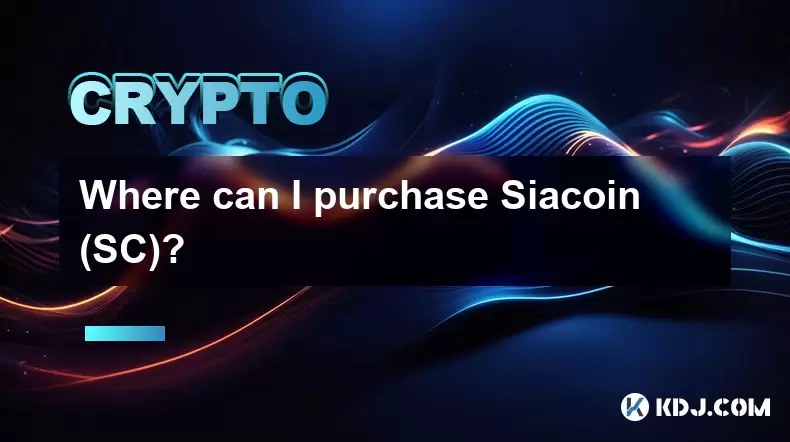
Where can I purchase Siacoin (SC)?
Aug 08,2025 at 11:14am
Understanding Siacoin (SC) and Its Role in the Sia NetworkSiacoin (SC) is the native cryptocurrency of the Sia decentralized cloud storage platform, a...
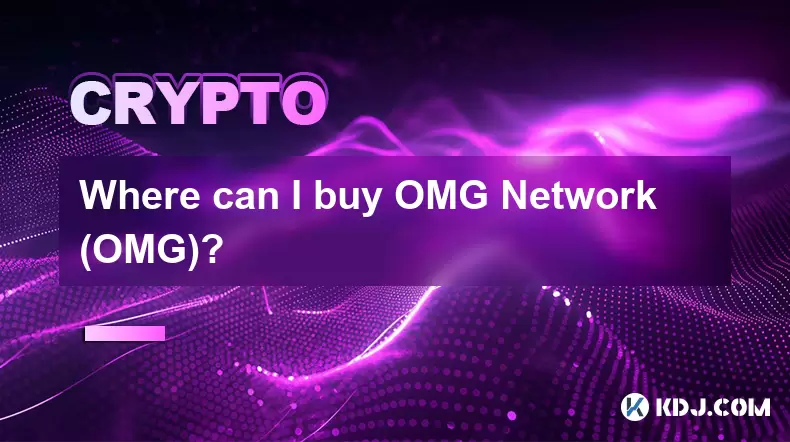
Where can I buy OMG Network (OMG)?
Aug 08,2025 at 12:57pm
Understanding OMG Network (OMG) and Its PurposeThe OMG Network, originally known as OmiseGO, is a layer-2 scaling solution built on the Ethereum block...
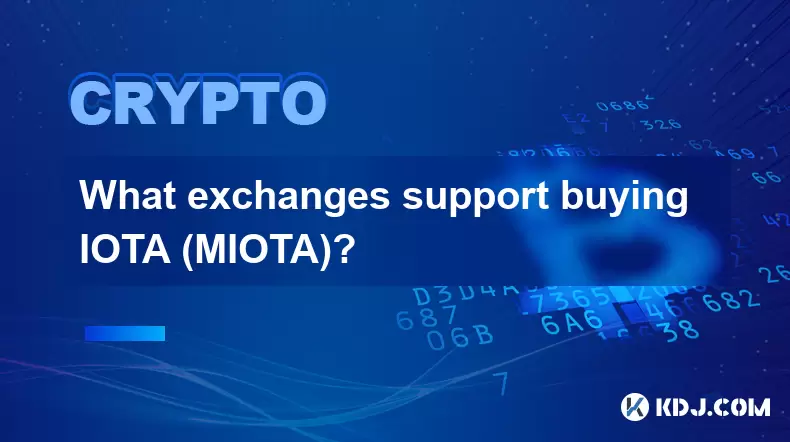
What exchanges support buying IOTA (MIOTA)?
Aug 07,2025 at 09:58pm
Understanding the Role of Private Keys in Cryptocurrency SecurityIn the world of cryptocurrency, private keys are the cornerstone of ownership and con...
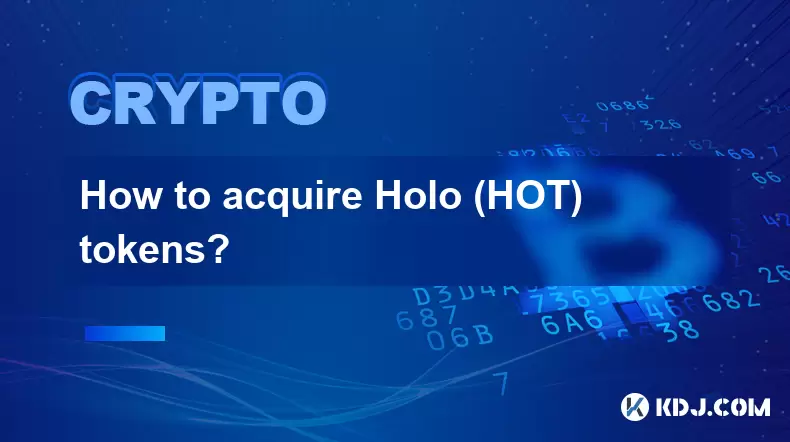
How to acquire Holo (HOT) tokens?
Aug 08,2025 at 05:56am
Understanding Holo (HOT) and Its EcosystemHolo (HOT) is a cryptocurrency token associated with the Holo ecosystem, which is built on the Holochain fra...
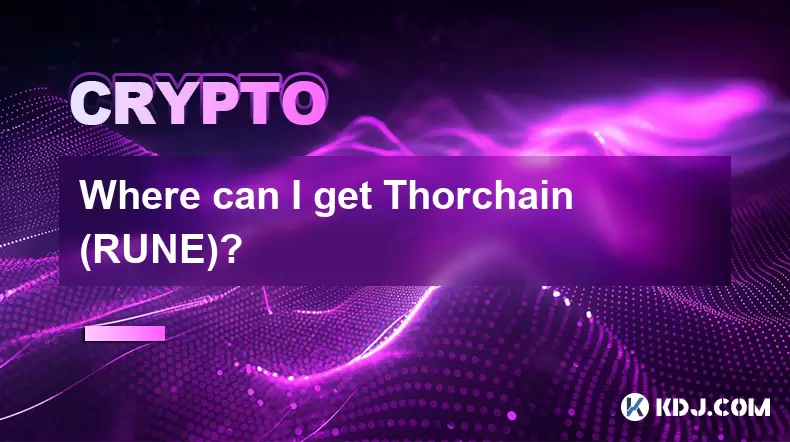
Where can I get Thorchain (RUNE)?
Aug 08,2025 at 08:07am
Understanding the Role of Seed Phrases in Cryptocurrency WalletsA seed phrase, also known as a recovery phrase or mnemonic phrase, is a critical compo...

Where can I buy UMA (UMA)?
Aug 07,2025 at 06:42pm
Understanding UMA and Its Role in Decentralized FinanceUMA (Universal Market Access) is an Ethereum-based decentralized finance (DeFi) protocol design...

Where can I purchase Siacoin (SC)?
Aug 08,2025 at 11:14am
Understanding Siacoin (SC) and Its Role in the Sia NetworkSiacoin (SC) is the native cryptocurrency of the Sia decentralized cloud storage platform, a...

Where can I buy OMG Network (OMG)?
Aug 08,2025 at 12:57pm
Understanding OMG Network (OMG) and Its PurposeThe OMG Network, originally known as OmiseGO, is a layer-2 scaling solution built on the Ethereum block...

What exchanges support buying IOTA (MIOTA)?
Aug 07,2025 at 09:58pm
Understanding the Role of Private Keys in Cryptocurrency SecurityIn the world of cryptocurrency, private keys are the cornerstone of ownership and con...

How to acquire Holo (HOT) tokens?
Aug 08,2025 at 05:56am
Understanding Holo (HOT) and Its EcosystemHolo (HOT) is a cryptocurrency token associated with the Holo ecosystem, which is built on the Holochain fra...

Where can I get Thorchain (RUNE)?
Aug 08,2025 at 08:07am
Understanding the Role of Seed Phrases in Cryptocurrency WalletsA seed phrase, also known as a recovery phrase or mnemonic phrase, is a critical compo...
See all articles

























































































